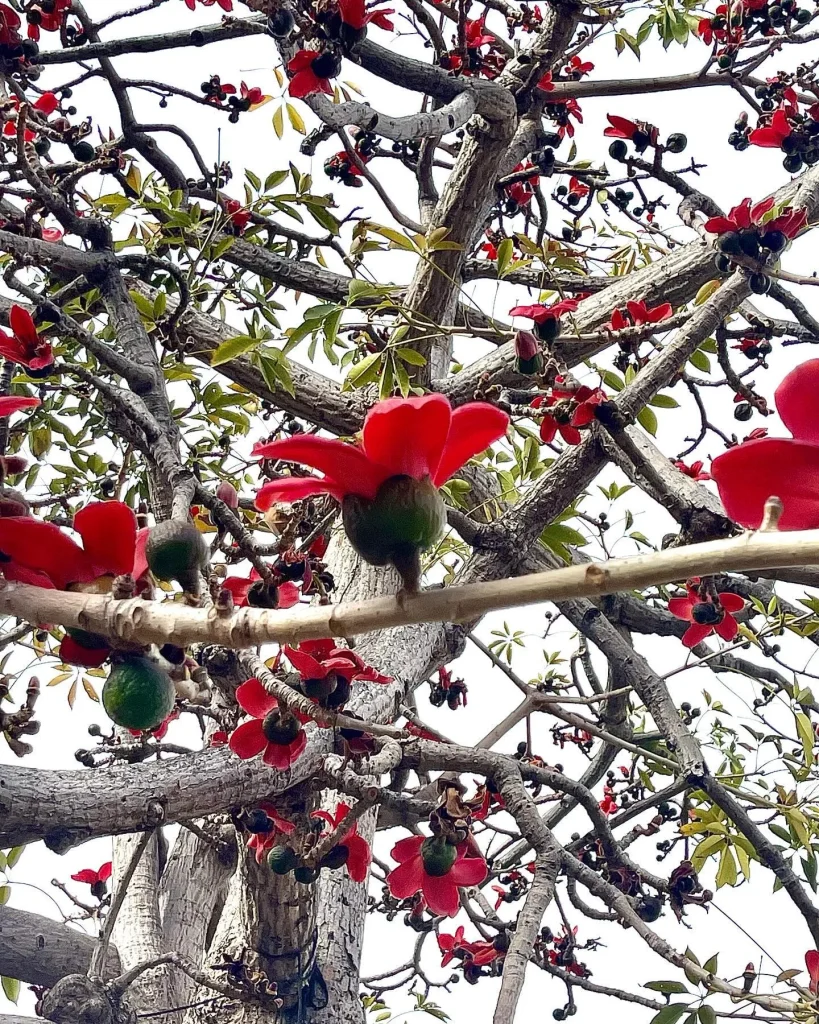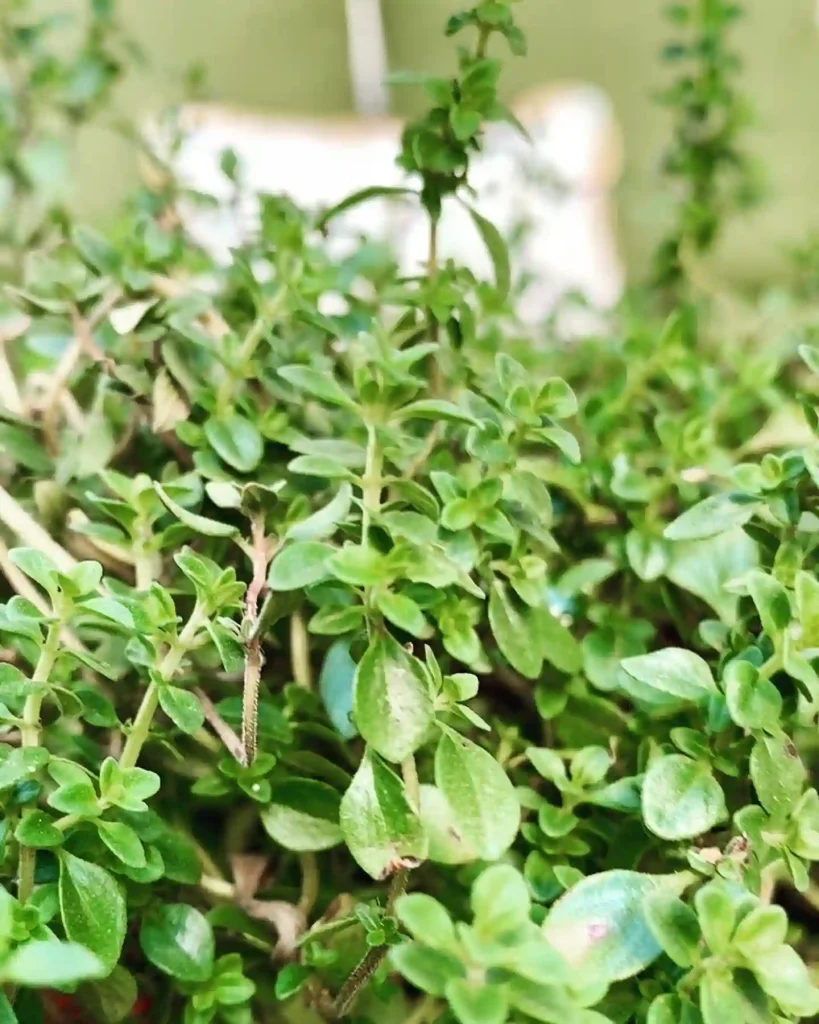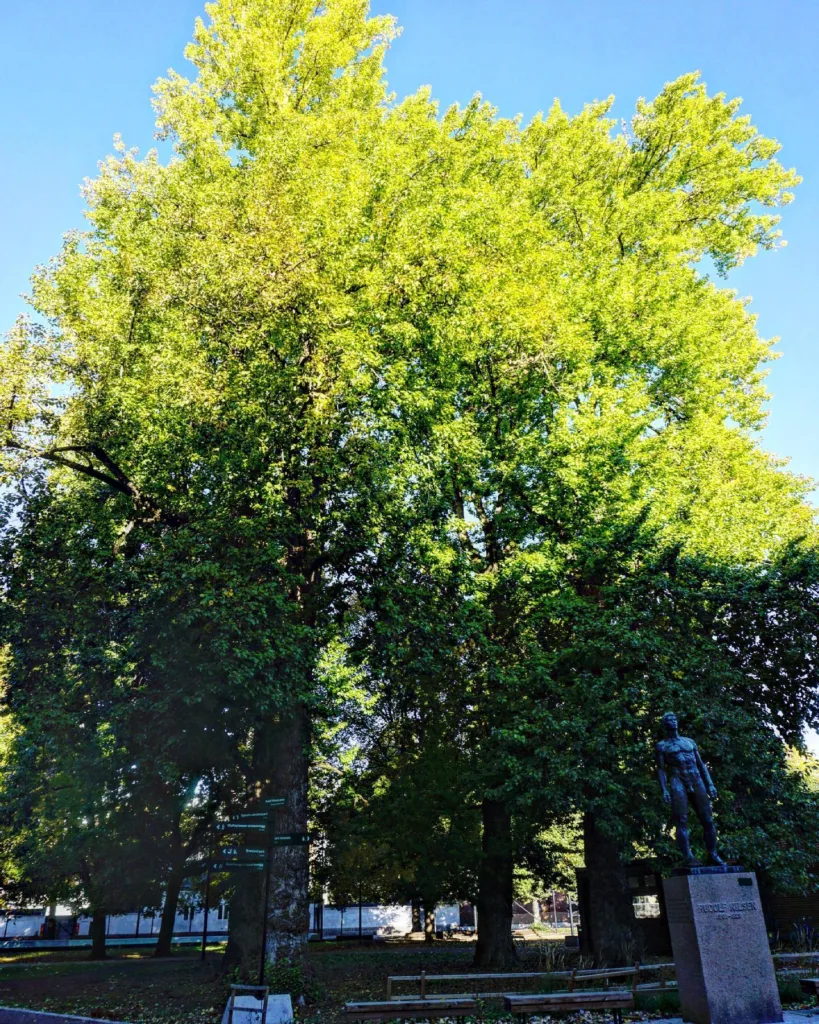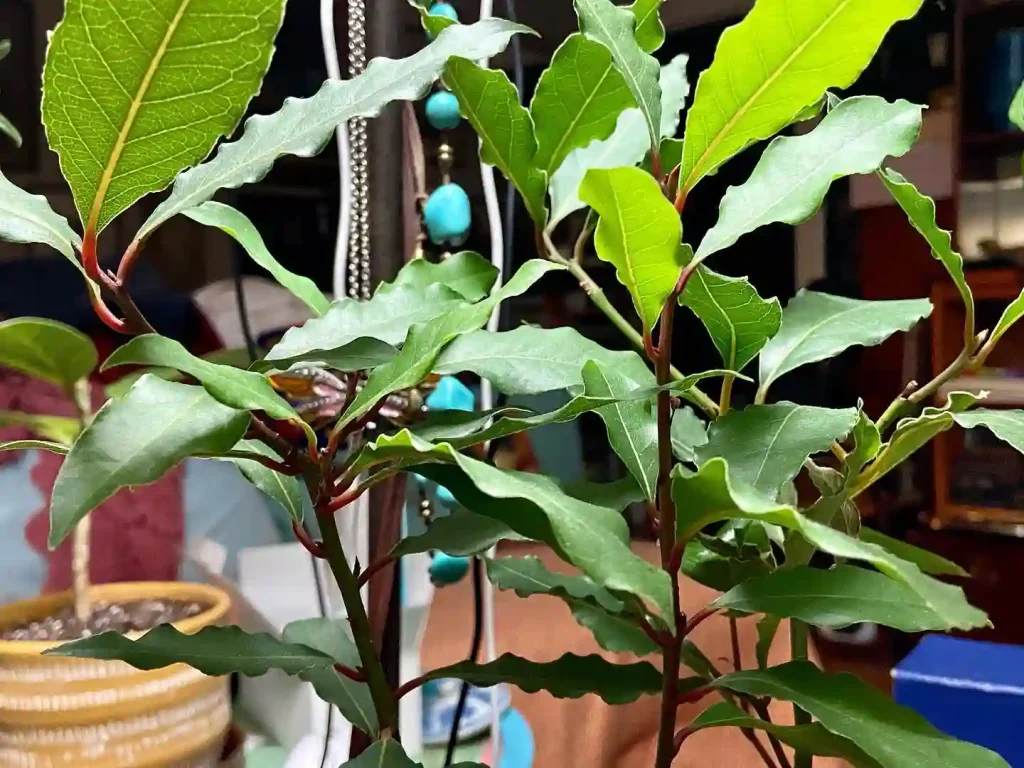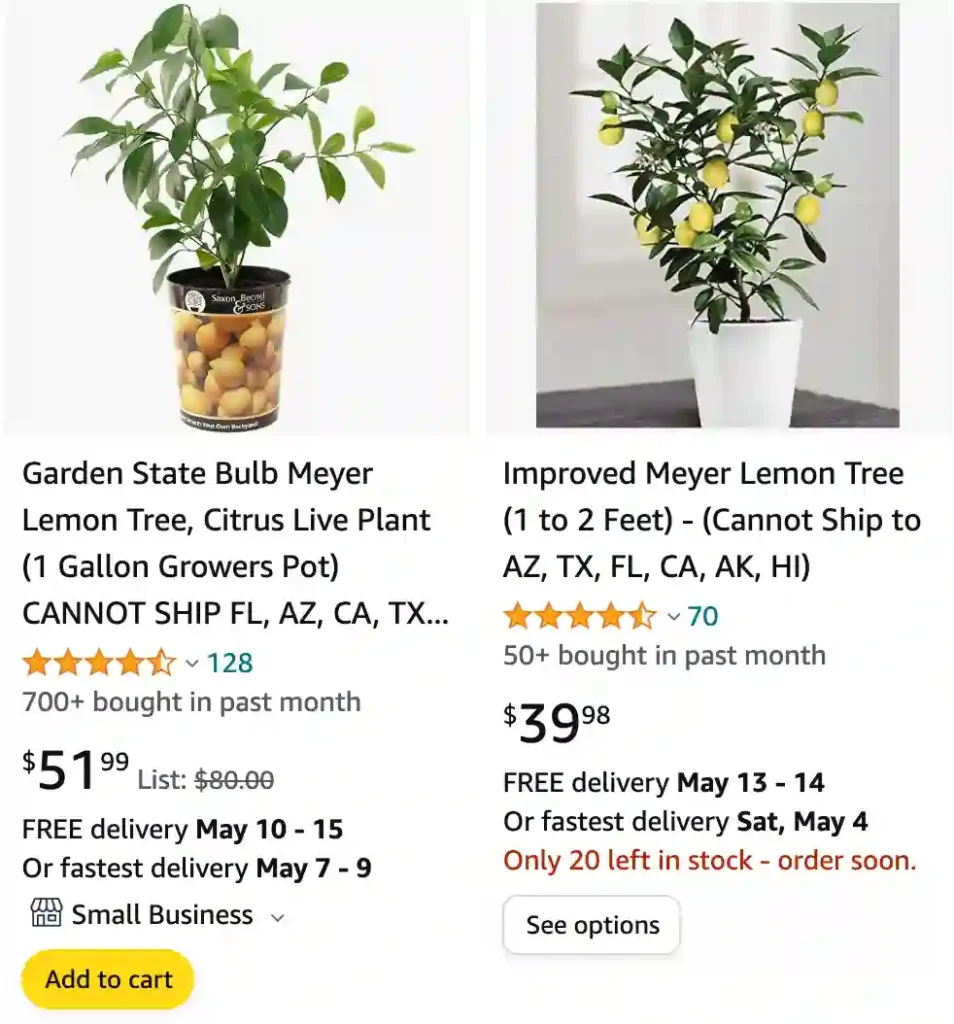
How to prune a meyer lemon tree?
Pruning my Meyer lemon tree is kind of like giving it a haircut! I usually tackle it in early spring, after the last frost. First, I grab my trusty pruners, making sure they’re sharp and clean. Then, I stand back and take a good look at the whole tree. I start by snipping off any dead or diseased branches – they just look straggly and steal energy from the healthy parts. Next, I target any branches that are growing straight up. These guys might look impressive, but they don’t produce much fruit. I cut them back to a side branch that’s angled outward. This opens up the center of the tree for more sunlight and encourages bushier growth, which is where all those lovely lemons appear! It can be a little nerve-wracking to take those cuts at first, but seeing all the new growth and, of course, the abundant fruit later makes it totally worth it.
How big do meyer lemon trees get?
My Meyer lemon tree is amazing! But it can definitely take up some space depending on where you plant it.
Out in the ground, if you let it grow freely, it can reach up to 10 feet tall and wide. That’s about the height of my ceiling!
There are dwarf varieties though, that only get about 5 to 7 feet tall. That’s a much more manageable size, especially if you’re planning on keeping it in a pot.
No matter which size you choose, with some pruning, you can always keep your Meyer lemon tree a bit more compact. I like to give mine a trim every spring to encourage new growth and fruit production.
Where to buy meyer lemon tree?
Finding a Meyer lemon tree can be an exciting endeavor, and I’ve discovered a few places where you can often find them. Local nurseries are a great starting point, as they often carry a variety of fruit trees, including Meyer lemon. I’ve had success visiting several nurseries in my area and chatting with knowledgeable staff about their available selections. Additionally, online retailers like Amazon, Etsy, and specialty fruit tree nurseries offer the convenience of shopping from home and may have a broader range of options to choose from. When purchasing online, I make sure to read reviews and check the seller’s reputation to ensure the quality of the tree. Lastly, community gardening events or plant swaps can sometimes be hidden gems for finding unique fruit trees, so it’s worth keeping an eye out for those opportunities as well.
How to care for a meyer lemon tree?
My Meyer lemon tree is like my sunshiney child – it thrives with a little TLC! Here’s what I’ve learned keeps it happy and fruiting.
First things first, sunlight is king! I keep mine in a big pot on my south-facing balcony. It gets at least 6 hours of direct sun a day, which seems to be the sweet spot. During the winter, when the days are shorter, I sometimes supplement with a grow light to keep those citrus dreams alive.
Speaking of keeping things alive, watering is key. I don’t want to drown the roots, but I also don’t want my little lemon guy to get parched. I’ve gotten used to sticking my finger in the soil – if the top inch or two feels dry, it’s watering time. A good soaking, then letting it drain completely before watering again seems to work well.
And speaking of drainage, that’s super important. When I first planted my tree, I made sure to use a pot with drainage holes and a well-draining potting mix. Sitting in soggy soil is a recipe for disaster for these trees.
Do meyer lemon trees have thorns?
That’s a tricky one with Meyer lemon trees! They’re known for being less prickly than some other citrus trees, but thorns aren’t entirely out of the picture. Mine definitely has a few thorns scattered around, especially on some of the older branches. Thankfully, they’re not huge or super sharp – more like little prickles. I can usually harvest my lemons without any problems, but I do wear gloves just in case.
It seems like some Meyer lemon trees can be pretty thornless, while others surprise you with a thorny branch here and there. Maybe it depends on the rootstock used or something? Either way, it’s a good idea to be cautious when handling your Meyer lemon tree, just in case.
When do meyer lemon trees bloom?
Ah, the magical blooms of my Meyer lemon tree! Unlike most finicky flowerers, this citrus wonder tends to bloom a bit unpredictably. I’ve seen bursts of fragrant white flowers with a hint of purple at the base in both spring and fall. But here’s the secret – they can actually bloom year-round in warmer climates!
It’s pretty exciting to see these delicate blooms appear, knowing they’ll soon turn into little green lemons. However, I don’t get too disappointed if there’s a lull in blooming. As long as I give my tree plenty of sunshine and good care, those beautiful flowers (and the delicious fruit that follows) are bound to return eventually.
How fast do meyer lemon trees grow?
My Meyer lemon tree is a patient grower, but it definitely rewards you for your waiting! In the first year or two, it might just surprise you with some new growth spurts, but it won’t exactly shoot up overnight. Think teenager having a growth spurt, not beanstalk reaching for the sky.
Once it’s established though, I’ve seen mine put on maybe a foot or two of new growth each year. That might not seem like a lot, but it adds up over time. Of course, how fast yours grows depends on a few things – how much sun it gets, how well you fertilize it, and if you prune it regularly.
The waiting game is definitely worth it though. The feeling of picking a bright yellow, homegrown lemon right off my tree is unbeatable! And trust me, those first few fruits, even if it takes a few years, will taste even sweeter because of all the love and care you put into your citrus friend.
Are meyer lemon trees self pollinating?
Absolutely! That’s one of the things I love most about my Meyer lemon tree – it’s a self-pollinating superstar. This means I don’t need to worry about planting another citrus tree just for pollination. The flowers on my Meyer lemon tree have both male and female parts, so all it takes is a little help from the wind or a friendly bee to move the pollen around and get those fruits forming.
It’s pretty neat – nature’s got its own little citrus matchmaking service going on right there in the flowers! Even when I keep my Meyer lemon tree on the balcony, I usually get a decent amount of fruit set. Of course, if you want to maximize your harvest, you can always try hand-pollinating with a cotton swab, but for me, letting nature take its course works just fine.
Do meyer lemon trees lose leaves in winter?
My Meyer lemon tree can be a bit dramatic when it comes to winter! Unlike some trees that go completely dormant and shed all their leaves, mine doesn’t quite follow those rules. It’s more of a subtropical kind of plant, so it doesn’t experience a super deep rest period.
However, it does tend to get a little sulky during the colder months. I often see some leaves yellowing and dropping, especially if I bring it indoors for the winter. The drier air and less sunlight can be a bit of a shock to its system. It’s not unusual for it to lose a fair amount of leaves during this time.
The good news is, this usually isn’t a sign of anything serious. As long as I provide it with some extra humidity (like using a pebble tray) and keep it in a bright spot, it usually bounces back in spring with a fresh flush of new leaves. It’s kind of like a citrus hairball situation, but without the hair!
When to fertilize meyer lemon tree?
Since my Meyer lemon tree is a feeder extraordinaire, fertilizer is its happy juice! The timing depends a bit on whether it’s planted in the ground or chilling in a pot.
For my outdoor citrus friend, I give it a springtime boost with a slow-release fertilizer formulated for citrus trees. Since slow-release works its magic gradually, it helps keep things balanced throughout the growing season. Then, I like to give it another helping hand in late summer, when it’s putting its energy into ripening all those lovely lemons.
For container-grown Meyer lemon trees, the story’s a bit different. Since all that watering tends to leach out nutrients faster, they need more frequent feedings. I usually fertilize mine once a month during the growing season, from spring to early fall. A water-soluble citrus fertilizer diluted according to the package instructions works wonders here. Just remember, winter is resting time, so hold off on the fertilizer then to avoid stressing the tree.
No matter which method you choose, keep an eye on your Meyer lemon tree. If it starts showing signs of nutrient deficiency, like pale leaves or stunted growth, you might need to adjust your fertilizing schedule. But with a little planning, you can keep your citrus tree happy and fruiting all season long!
Are meyer lemon trees toxic to cats?
Absolutely! Even though my Meyer lemon tree is my sunshiney friend, it can be a bit of a hazard to furry friends like cats. All parts of the tree, from the leaves and stems to the fruit itself, contain essential oils that are toxic to cats. These oils can cause tummy troubles, vomiting, and even depression if a curious kitty decides to take a nibble.
Knowing my cat, Whiskers, is a notorious plant chewer, I had to take some precautions. First off, I strategically placed my Meyer lemon tree on a high shelf where Whiskers can’t reach it. Citrus trees are tempting climbing targets for cats, so keeping it out of paw-reach is key. Secondly, I invested in some scratching posts and catnip toys to give Whiskers his own plant-like outlets for his playful energy.
If you’re a cat owner and a citrus enthusiast, don’t despair! There are plenty of ways to keep your feline friend safe and your Meyer lemon tree thriving. Just a little planning and some cat-friendly alternatives can create a harmonious citrusy home for everyone.
What size pot for meyer lemon tree?
The size of the pot for your Meyer lemon tree depends on a couple of factors:
- Age and size of your tree: For a young Meyer lemon tree, a pot in the 3-gallon to 5-gallon range is a good starting point. This gives the roots enough space to grow without the tree putting all its energy into filling a massive pot with roots.
- Do you plan to keep it in a pot long-term? If you envision your Meyer lemon tree being a container citrus for life, you can eventually size up to a 10-gallon or even a 15-gallon pot. However, with a larger pot, you’ll need to be extra careful about overwatering.
Here are some general guidelines:
- Immature Meyer lemon tree: 3-5 gallon pot
- Mature Meyer lemon tree in a container: 10-15 gallon pot (with good drainage)
No matter what size pot you choose, make sure it has ample drainage holes. Meyer lemon trees don’t like soggy feet, so excess water needs to be able to escape freely. Terracotta pots are a popular choice for citrus trees because the clay material allows for good airflow and helps prevent the soil from staying too wet.
Where can i buy a meyer lemon tree?
I’ve found that local nurseries or garden centers are often the best places to look for Meyer lemon trees. They usually have a variety of citrus trees available, including Meyer lemon trees, especially during the spring and summer months. It’s nice to be able to see the trees in person and choose one that looks healthy and well-cared-for. Sometimes, if I can’t find one locally, I’ll turn to online nurseries or specialty fruit tree suppliers. But there’s something special about picking out a tree in person and imagining all the delicious lemons it will produce in the future.
Why is my meyer lemon tree not producing lemons?
There could be a few reasons why your Meyer lemon tree isn’t producing lemons yet. Here are some possibilities based on my own experience:
- Age: Meyer lemon trees are known for being generous fruiters, but they’re not exactly speed demons. Especially if yours is a young tree, it might just need some time to mature before it starts producing lemons. Patience is key! Most grafted Meyer lemon trees take 2-3 years to fruit, while those grown from seed can take up to 7 years.
- Light: Citrus trees are sun worshippers! If your Meyer lemon tree isn’t getting at least 6 hours of direct sunlight a day, it might not have enough energy to put into flower and fruit production. Try relocating your tree to a sunnier spot, or consider supplementing with a grow light during winter.
- Watering: Finding the watering sweet spot can be tricky with Meyer lemon trees. They don’t like to dry out completely, but soggy roots are a big no-no too. Stick your finger in the soil – if the top inch or two feels dry, it’s watering time. Water deeply until the water runs out the drainage holes, then let the soil dry out a bit before watering again.
- Nutrients: Even though they’re sunshine champions, Meyer lemon trees also need a balanced diet to produce fruit. Make sure you’re fertilizing your tree according to the season. For container-grown trees, a monthly feeding during spring to early fall with a diluted citrus fertilizer is a good rule of thumb.
- Pruning: While a little pruning can encourage bushier growth and fruit production, overdoing it can actually hinder your harvest. If you’ve pruned your tree quite aggressively recently, it might be focusing its energy on recovering from the pruning cuts instead of producing flowers and fruit.
Why are my meyer lemon tree leaves turning yellow?
Seeing your Meyer lemon tree leaves turn yellow can be a cause for concern, but it’s a common issue with a few possible culprits. Based on my experience, here are some reasons why your leaves might be losing their vibrant green hue:
- Underwatering: Citrus trees like Meyer lemons prefer moist, well-drained soil. If your tree’s been neglected in the watering department, the leaves will often be the first to show signs of stress. They’ll start to yellow, then possibly curl and become dry and brittle. Stick your finger in the soil – if the top inch or two feels dry, it’s time for a good watering. Soak the soil thoroughly until water runs out the drainage holes, then let it dry out a bit before watering again.
- Overwatering: While underwatering is a threat, so is overwatering. Remember, soggy roots are unhappy roots! Excess water can suffocate the roots and prevent them from taking up nutrients properly. This can also lead to yellowing leaves. If you suspect overwatering, let the soil dry out completely before watering again. Make sure your pot has good drainage to prevent water from pooling around the roots.
- Nutrient deficiency: Meyer lemon trees need a balanced diet to thrive. If your tree isn’t getting the nutrients it needs, it might show its displeasure with yellowing leaves. A lack of magnesium is a common culprit for citrus trees. Epsom salts, which are magnesium sulfate, can be a simple solution. Dissolve a tablespoon or two in a gallon of water and water your tree with the solution. You can also use a balanced citrus fertilizer during the growing season to keep your tree properly nourished.
- Lack of sunlight: Just like us humans need sunshine for vitamin D, Meyer lemon trees need ample sunlight to produce chlorophyll, the pigment that gives leaves their green color. If your tree isn’t getting at least 6 hours of direct sunlight a day, its leaves might start to yellow. Try relocating it to a sunnier spot, or consider using a grow light to supplement sunlight during winter.
By pinpointing the cause of the yellowing leaves, you can take steps to bring your Meyer lemon tree back to health. Don’t be afraid to experiment and see what works best for your citrus friend!
Are meyer lemon trees toxic to dogs?
Absolutely, yes! Even though my Meyer lemon tree might seem like a harmless sunshiney friend, all parts of it can be toxic to dogs. That includes the leaves, the fruit (including the rind and seeds), and even the branches.
The culprit? Essential oils and a compound called psoralens, which are found throughout the tree. These can cause tummy troubles, vomiting, diarrhea, and in severe cases, depression or tremors in our furry friends.
Knowing my pup, Scout, is always curious and likes to nibble on interesting things, I had to take precautions. First, I placed my Meyer lemon tree out of paw’s reach on a high shelf. Citrus trees can be tempting climbing targets for dogs, so keeping it well out of reach is key. Second, I invested in some fun and safe chew toys to give Scout his own outlet for his playful energy.
If you’re a dog owner and a citrus enthusiast, there’s no need to despair! With a little planning and some dog-friendly alternatives, you can keep your canine companion safe and your Meyer lemon tree thriving. Just a little vigilance and some fun chew toys can create a harmonious citrusy home for everyone.
If i die, water my plants!
